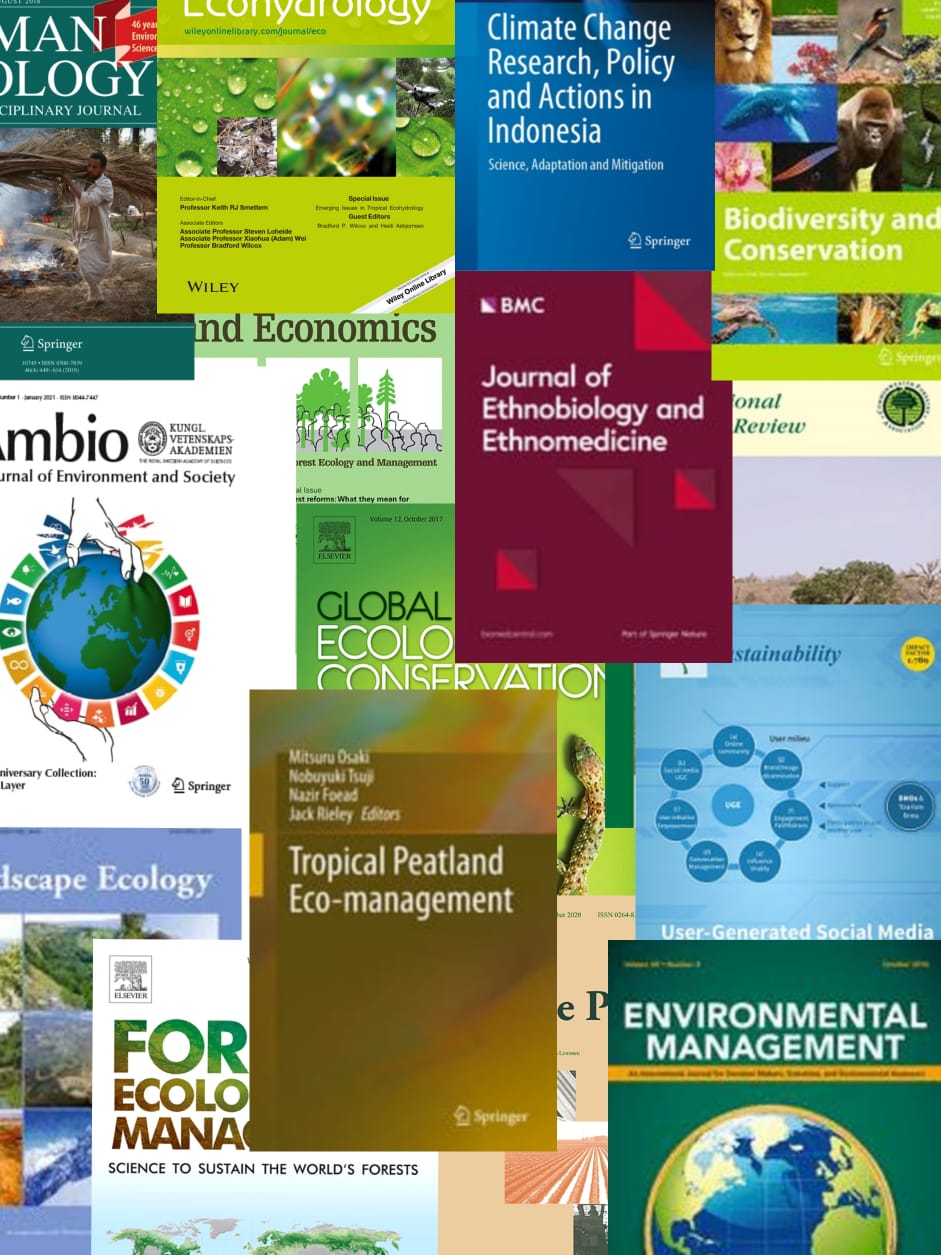Indonesia needs a daily monitoring system due to its frequent fires and, more importantly, to assist stakeholders in the field in taking action to mitigate disasters. Our method simplified the number of hotspots for field-based purposes and was verified by comparing the point-based (point-HS) VIIRS (Visible Infrared Imaging Radiometer Suite) 375m-derived temperature anomalies (hotspots) and clustered-based hotspots (cluster-HS, our suggested method). Using Euclidean clustering, we calculated the distance between hotspot points and applied specific criteria to reduce the number of hotspots while aligning them closely with fire incidents. We evaluated accuracy at different fire sizes, burned areas, peatlands, and distances from the reported burn center. We found that the accuracy increases at 1.5 km from the center of the fire for both point- and cluster-HS at 52% and 53%, respectively. For areas larger than 14 ha, both types of hotspots yielded superior results of 83%. Cluster-HS performs better on peatlands than non-peatlands (62% vs. 57%). Without diminishing the precision of the hotspot observation, this study indicates that our method is reliable for assisting field stakeholders in the field in taking actions. Therefore, this product could be implemented into Indonesia's daily hotspot monitoring.
View source

